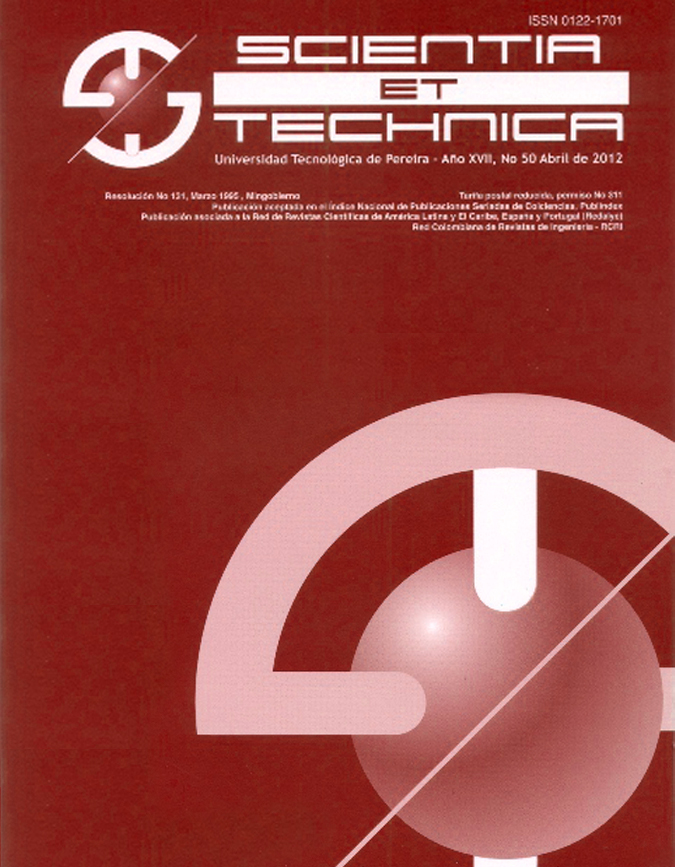Evaluación de algoritmos de detección de complejos qrs mediante las curvas de funcionamiento roc, det y epc
Abstract
Se presenta una metodología para la selección de modelos utilizados en detección de eventos, empleando las curvas de funcionamiento característica de operación del receptor (ROC - Receiver Operating Characteristic), compensación del error de detección (DET - Detection Error Trade-off) y curvas de desempeño esperado (EPC – Expected Performance Curve), las cuales asumen un criterio de mínimo error para evaluar modelos. Las curvas se evalúan sobre algoritmos de detección de complejos QRS en electrocardiografía utilizando la base de datos de arritmias del MIT [8]. Los resultados obtenidos muestran que la mejor curva para representar el comportamiento de los métodos de detección es la curva EPC debido a que utiliza pruebas sobre conjuntos de entrenamiento y validación. Igualmente se obtiene que el mejor detector de complejos QRS es el basado en la amplitud y la primera derivada AF3.Downloads
Downloads
-
Vistas(Views): 454
- PDF (Español (España)) Descargas(Downloads): 330
Published
How to Cite
Issue
Section
License
Copyrights
The journal is free open access. The papers are published under the Creative Commons Attribution / Attribution-NonCommercial-NoDerivatives 4.0 International - CC BY-NC-ND 4.0 license. For this reason, the author or authors of a manuscript accepted for publication will yield all the economic rights to the Universidad Tecnológica of Pereira free of charge, taking into account the following:
In the event that the submitted manuscript is accepted for publication, the authors must grant permission to the journal, in unlimited time, to reproduce, to edit, distribute, exhibit and publish anywhere, either by means printed, electronic, databases, repositories, optical discs, Internet or any other required medium. In all cases, the journal preserves the obligation to respect, the moral rights of the authors, contained in article 30 of Law 23 of 1982 of the Government Colombian.
The transferors using ASSIGNMENT OF PATRIMONIAL RIGHTS letter declare that all the material that is part of the article is entirely free of copyright. Therefore, the authors are responsible for any litigation or related claim to intellectual property rights. They exonerate of all responsibility to the Universidad Tecnológica of Pereira (publishing entity) and the Scientia et Technica journal. Likewise, the authors accept that the work presented will be distributed in free open access, safeguarding copyright under the Creative Commons Attribution / Recognition-NonCommercial-NoDerivatives 4.0 International - https://creativecommons.org/licenses/by-nc-nd/4.0/deed.es license.



